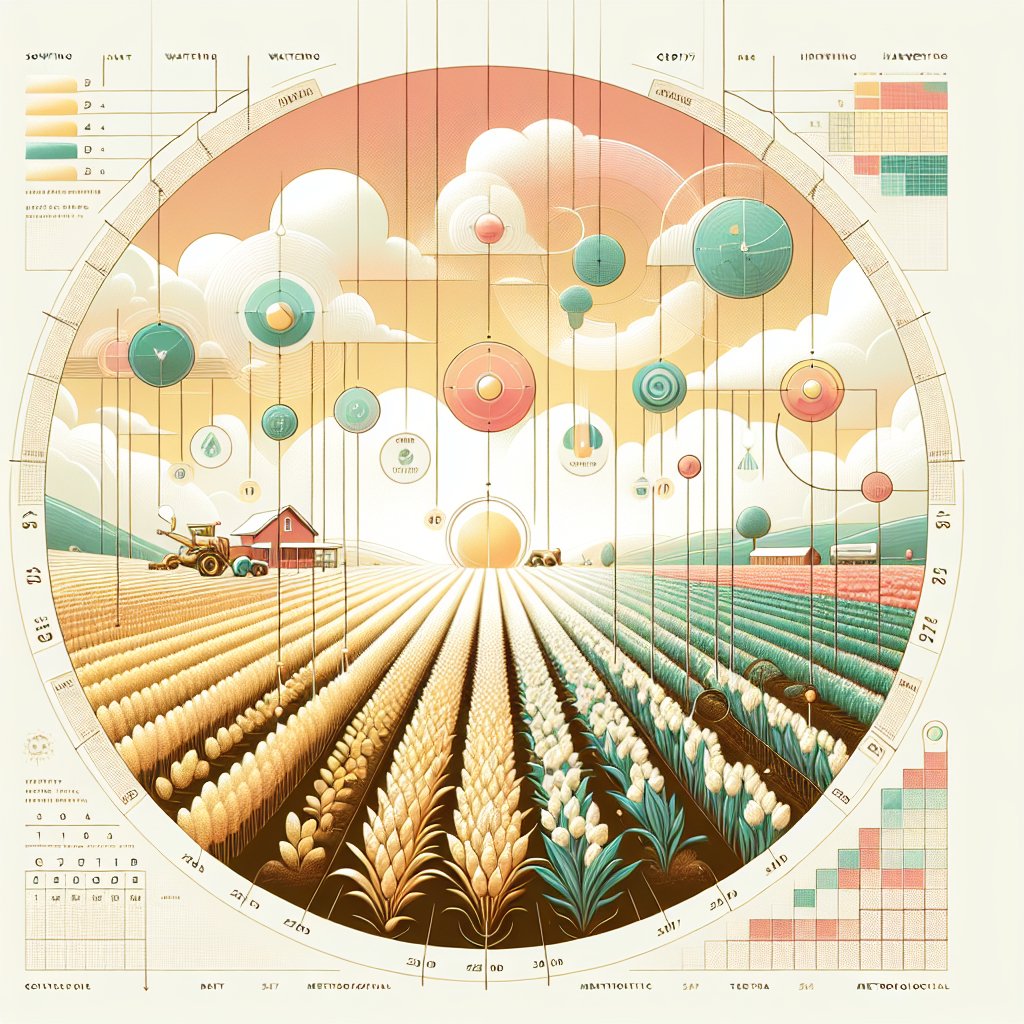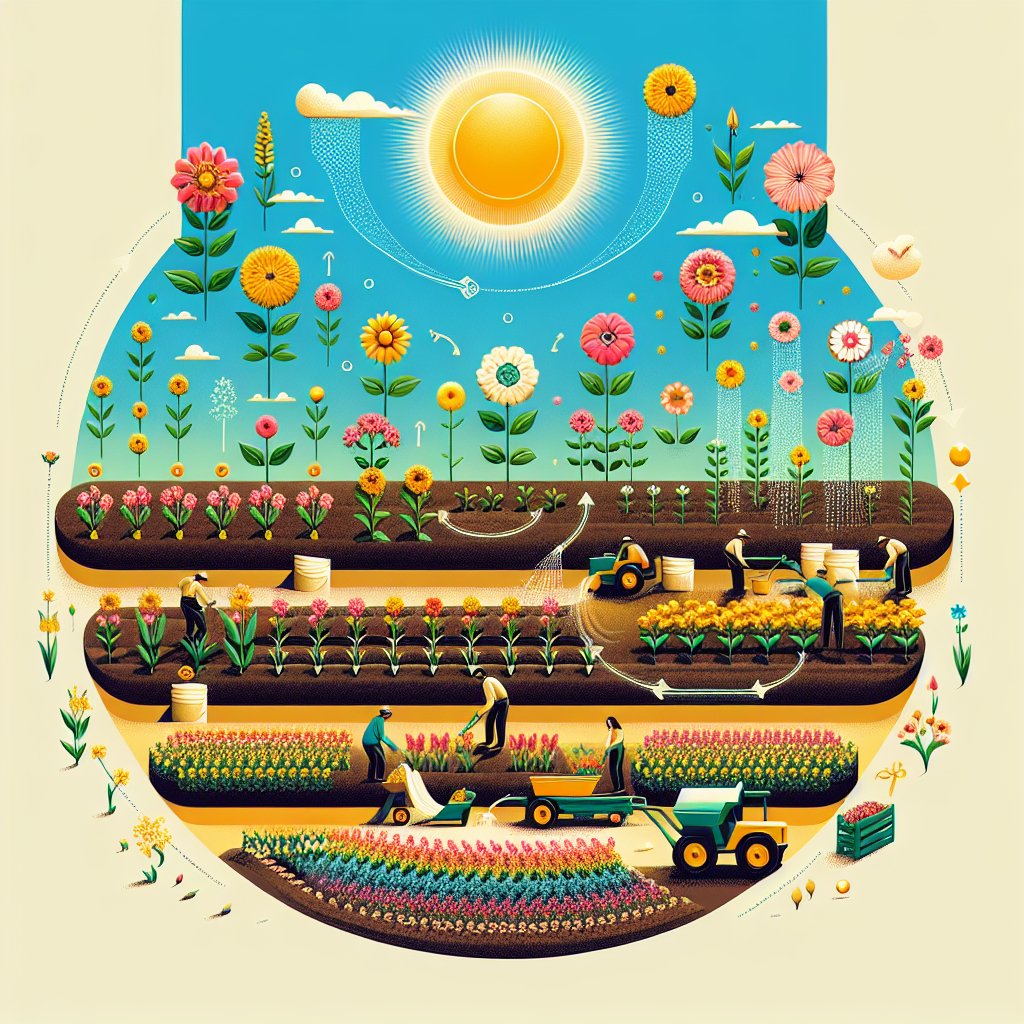The integration of Artificial Intelligence into modern farming is reshaping traditional practices, driving remarkable improvements in productivity, resource management, and environmental stewardship. From harnessing vast datasets to deploying autonomous machines, AI-driven solutions are empowering farmers to make more informed decisions, optimize operations, and adapt to an increasingly complex agricultural landscape.
Precision Agriculture and Data Analytics
Precision agriculture relies on the collection and interpretation of granular data to tailor interventions at the field level. By leveraging AI algorithms, growers can transform raw inputs from satellites, drones, and ground-based sensors into actionable insights.
Remote Sensing and Imagery
High-resolution imagery captured by drones and satellites provides real-time information on plant health, soil conditions, and water stress. AI-powered image-processing tools can detect nutrient deficiencies, pest infestations, and disease outbreaks before they become visible to the human eye. These techniques enable spot treatments and targeted fertilization, reducing both costs and environmental impact.
Soil and Weather Analytics
Deploying networks of in-field sensors yields continuous streams of data on moisture, pH levels, temperature, and other critical parameters. Advanced machine learning models analyze these inputs alongside historical weather patterns to forecast irrigation needs and predict potential climate-related risks. Such insights facilitate efficient water management and strengthen resilience against droughts and unpredictable conditions.
Decision Dashboards
- Customized fertilizer application schedules
- Variable-rate seeding prescriptions
- Real-time pest and disease alerts
- Yield mapping and trend analysis
Interactive dashboards powered by AI synthesize these outcomes, providing farm managers with a centralized platform for decision-making and strategic planning.
Automation and Robotics in the Field
Advancements in robotics and autonomous systems are revolutionizing labor-intensive tasks on the farm. From planting and weeding to harvesting and sorting, intelligent machines are augmenting human labor and boosting operational efficiency.
Autonomous Tractors and Machinery
Self-driving tractors equipped with GPS, LIDAR, and advanced computer-vision systems can navigate fields with centimeter-level accuracy. These vehicles autonomously carry out tasks such as plowing, planting, and spraying, allowing farmers to manage larger areas with minimal human intervention. By eliminating overlaps and gaps, these machines help optimize resource utilization and reduce fuel consumption.
Smart Harvesting and Sorting
Harvesting robots employ specialized end-effectors and real-time vision analysis to identify ripe produce and gently pick crops without causing damage. Once harvested, AI-driven sorting systems evaluate each item based on size, color, and quality, ensuring only top-grade products reach the market. This level of automation addresses labor shortages and enhances product consistency, driving higher returns for growers.
Weed Control and Pest Management
Precision-spraying robots equipped with AI classifiers can distinguish between crops and weeds at the individual-plant level. By applying herbicides only where necessary, these systems significantly reduce chemical use and environmental runoff. Additionally, autonomous drones are being tested to release biocontrol agents or apply micro-doses of treatment, further promoting sustainable pest management strategies.
Predictive Models and Decision-Support Systems
AI-powered predictive models are transforming the way farmers anticipate challenges and seize opportunities. By analyzing vast datasets encompassing market trends, climate projections, and agronomic variables, these systems deliver forward-looking guidance for resource allocation and risk mitigation.
Yield Forecasting
Machine learning algorithms integrate data on seed genetics, soil characteristics, and weather forecasts to produce accurate yield predictions well before harvest. These projections enable producers to plan storage, logistics, and marketing strategies more effectively, aligning supply with demand and minimizing waste.
Market Intelligence
AI tools sift through global commodity pricing, trade policies, and consumption patterns to identify market signals and price fluctuations. Armed with this intelligence, farmers can time their sales to maximize revenues, hedge against adverse market movements, and explore emerging export opportunities.
Risk Assessment and Insurance
By modeling the probabilistic impacts of droughts, floods, and pest outbreaks, AI-driven platforms assist insurers in designing tailored coverage plans for agricultural clients. These solutions also help farmers evaluate policy options based on their unique risk profiles, ensuring appropriate protection and financial stability in the face of unpredictable events.
Challenges and Future Perspectives
Despite the transformative potential of AI in agriculture, several obstacles must be addressed to fully realize its benefits. Key challenges include data interoperability, infrastructure gaps, and limited access for smallholder farmers. Ensuring that sustainability and ethical considerations remain at the forefront of technology deployment is equally critical.
Data Standardization and Sharing
Fragmented data sources and proprietary platforms often inhibit seamless integration across different technologies. Establishing open standards and fostering collaborative data-sharing initiatives will be essential to unlock broader AI adoption and drive collective innovation.
Infrastructure and Training
Rural areas may suffer from inadequate connectivity and limited computational resources, hindering real-time analytics. Investments in broadband expansion and on-farm edge computing devices can empower farmers to leverage AI tools effectively. Meanwhile, comprehensive training programs are needed to build digital literacy and ensure that workers can operate and maintain advanced systems.
Equity and Accessibility
As large-scale farms adopt cutting-edge AI solutions, it is vital to prevent a widening gap between industrial agribusinesses and smallholder producers. Public-private partnerships and subsidized access programs can help democratize technology, ensuring that all stakeholders benefit from precision and optimization tools.
Emerging Opportunities
- Integration of blockchain for transparent supply chains
- AI-guided breeding for climate-resilient crop varieties
- Robotic pollination to support diminishing bee populations
- Edge AI devices for on-the-go analytics
By continuing to advance research and fostering inclusive policies, the agricultural sector can harness AI to meet the dual imperatives of increased productivity and long-term environmental stewardship.



